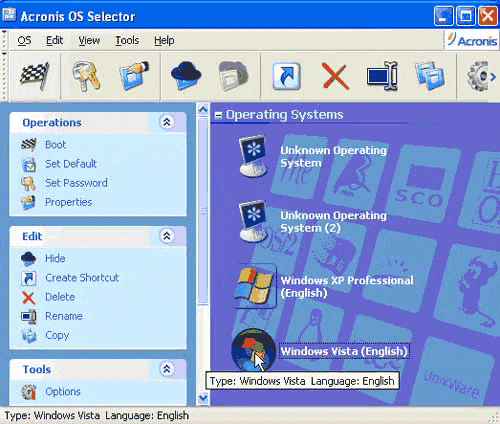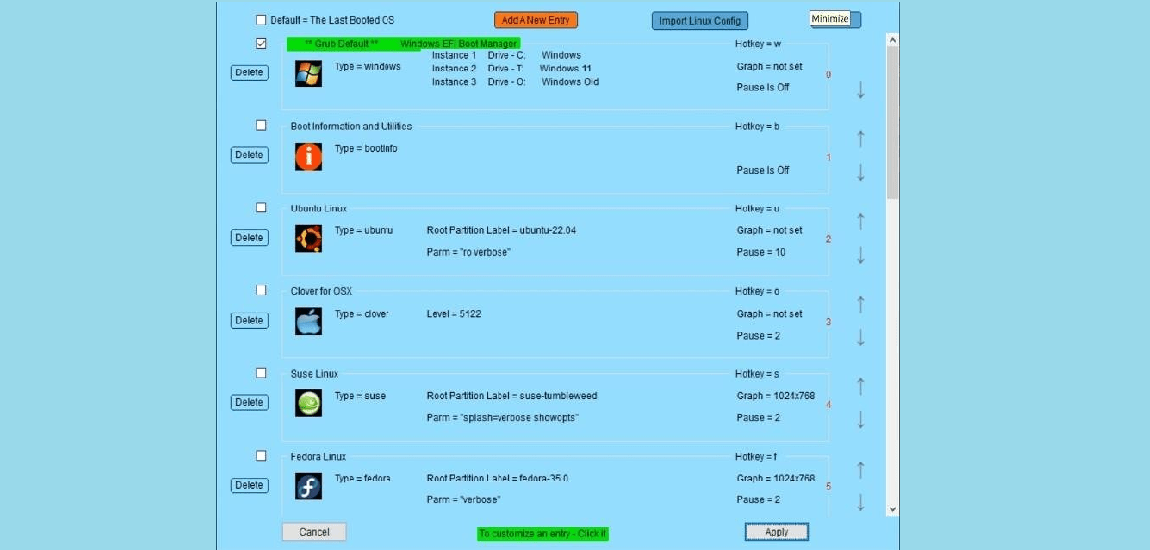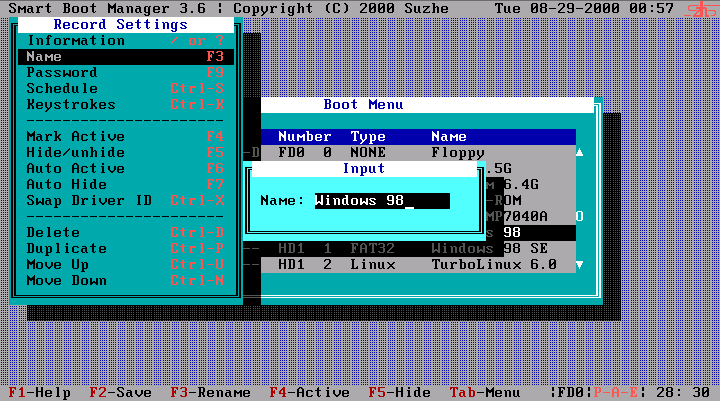

Then run diskmgmt.msc in Windows and shrink your drive however much you want so you have unpartitioned space - do not create a blank partition in that space, just leave it unallocated.

You don't need two separate drives, you can do it with just one.Īll you really need to do is install Windows first. I've been dual-booting Linux and Windows for a while now. LVM or btrfs/zfs might make all this easier and I will probably switch to that when I get a Linux only Thinkpad next year (finally). I also will cleanup logs and stuff from /var and configure limits on systemd journal size. On the Linux side I am not using LVM, btrfs or zfs (they were not around when I started using Linux and by the time they came around I was comfortable with my setup and its limitations so didn't feel the need to change it).įor the times I have had problems with storage on Windows I have done various things to create free space: reduce size of storage points, page file, get rid of hibernation file, cleanup of logs & temp files, WinSxS, uninstall stuff, etc.įor Linux, I have a large/home partition so if I have space problems on my root partition then I just move stuff to it and create a symbolic link to it. But in my 23 years of dual booting I have never once had a problem. I have read people have had trouble dual booting. It's pretty much current gen, so performance is not an issue for me. But is it safe in the long run?ĮDIT: I'm using a laptop as my workstation. I've dual-booted in the past for a short period of time and never encountered any problems. Should I put Windows' partition first then Fedora, or the other way around? Should I make a shared partition for data or not? Should I set Fedora's partition size to be bigger than Windows since it's going to be the main OS?Īnother issue is stability. Every scheme that I can think of don't feel right. What's the best practice to dual boot? The issue that made me worried by dual booting is storage size and partitioning. This time with Fedora as the main OS and Windows as the secondary one. I'm fine with that, but some apps and games that I use frequently are not and it's bothering me. Most (like 90%) of the apps I used on Windows have their FOSS counterparts or are available to install on Linux.

Also, FOSS is great.Īfter using Fedora for a month, I realized I still need Windows. It's such a wonderful experience for me, since I'm a computer science student and programming feels more "native" on Linux than on Windows. After distro-hopped back and forth between Ubuntu based distros, Arch, and Fedora, I finally chose Fedora. About a month ago I made a full transition to Linux from Windows.


 0 kommentar(er)
0 kommentar(er)
